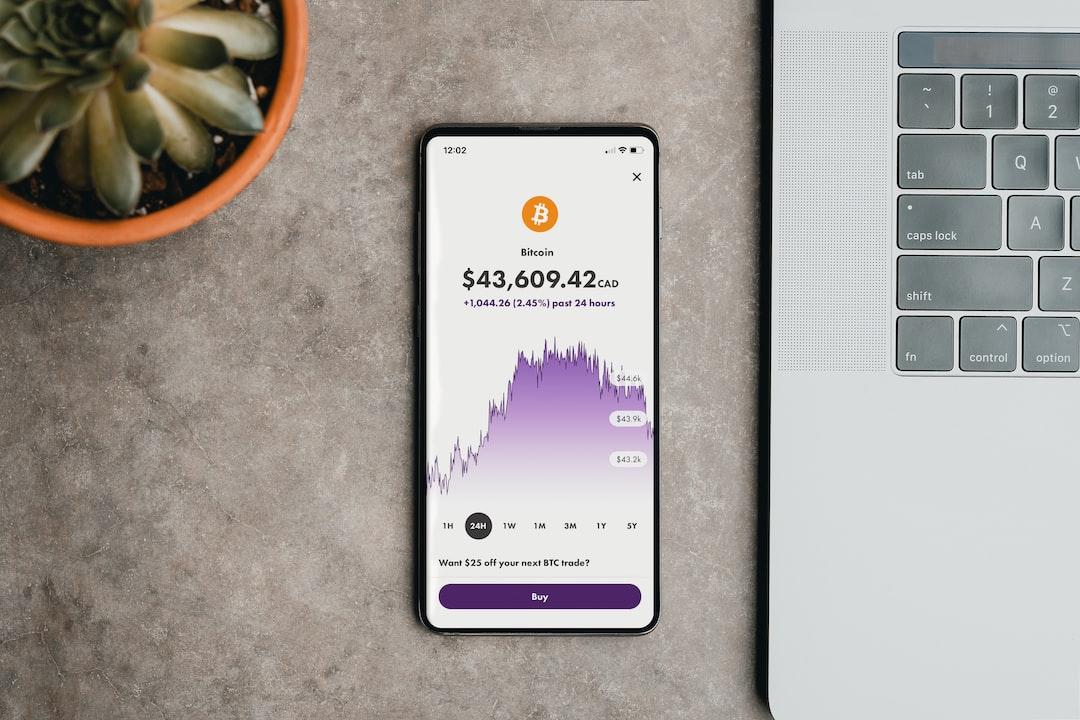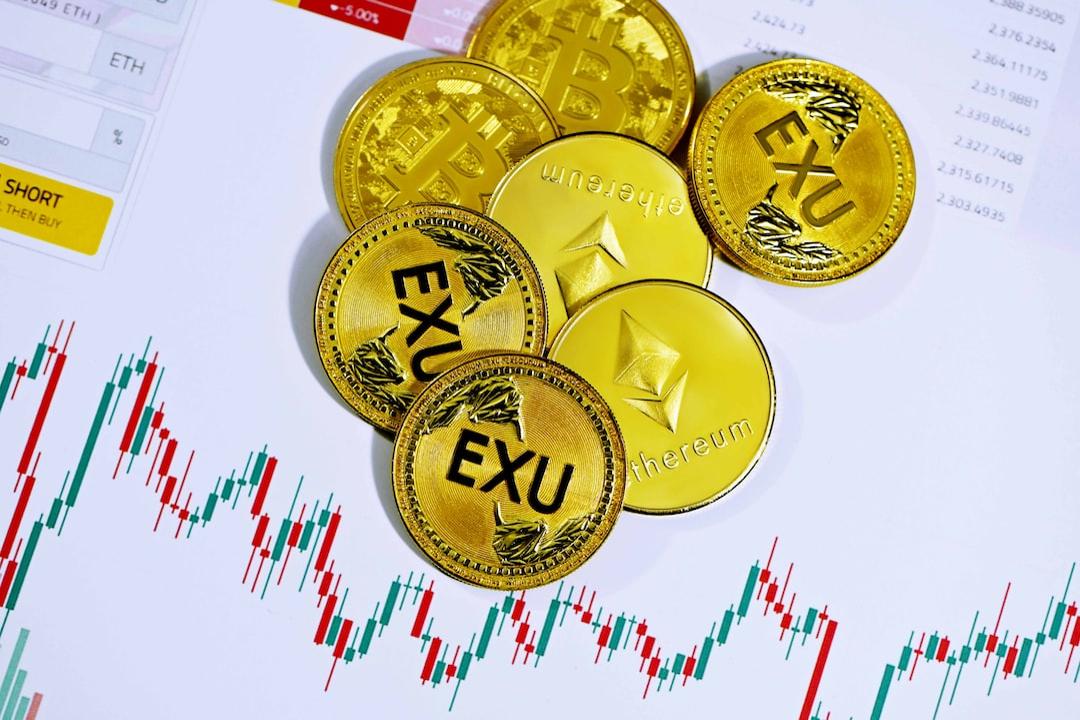Understanding the Dot-com Bubble: A Retelling of the 1995-2000 Stock Market Phenomenon
The Dot-Com Bubble Explained
If you’ve ever wondered why people poured so much money into websites that delivered dog food or how an online toy store became Wall Street’s darling, you’re in the right place. This guide will dissect the dot-com bubble in all its glory. We’ll delve deep into the factors that led up to this digital frenzy, the profound effects it had on the economy and investors, and the indelible legacy it left behind.
Best Crypto Exchange for Intermediate Traders and Investors
Invest in cryptocurrencies and 3,000+ other assets including stocks and precious metals.
0% commission on stocks – buy in bulk or just a fraction from as little as $10. Other fees apply. For more information, visit etoro.com/trading/fees.
Copy top-performing traders in real time, automatically.
eToro USA is registered with FINRA for securities trading.

30+ Million Users Worldwide
eToro is a multi-asset investment platform. The value of your investments may go up or down. Your capital is at risk. Don’t invest unless you’re prepared to lose all the money you invest. This is a high-risk investment and you should not expect to be protected if something goes wrong. Take 2 mins to learn more.
The Dot-Com Bubble Explained
The dot-com bubble was a stock market bubble fueled by highly speculative investments in internet-based businesses during the bull market from 1995 to 2000. It saw the value of equity markets grow dramatically, with the technology-dominated Nasdaq index rising five-fold during that period.
Unfortunately, things started to change in the late 2000s once investors realized many of these companies had business models that weren’t viable, ushering in a bear market that would last around two years and affect the entire stock market.
The crash saw the Nasdaq index plunge 76.81%, from a peak of 5,048.62 on March 10, 2000, to 1,139.90 on October 4, 2002, culminating in the majority of dot-com stocks going bust and evaporating trillions of dollars of investment capital in its wake. It would take 15 years for the Nasdaq to retrieve its peak, which it did on April 24, 2015.

Recommended Video: The Dot-Com Bubble Explained in 3 Minutes
Beginner’s Corner:
- What is Investing? Putting Money to Work
- 17 Common Investing Mistakes to Avoid
- 15 Top-Rated Investment Books of All Time
- How to Buy Stocks? Complete Beginner’s Guide
- 10 Best Stock Trading Books for Beginners
- 15 Highest-Rated Crypto Books for Beginners
- 6 Basic Rules of Investing
- Dividend Investing for Beginners
- Top 6 Real Estate Investing Books for Beginners
- 5 Passive Income Investment Ideas
What Are Asset Bubbles?
The dot-com bubble is an example of an asset bubble, sometimes referred to as a financial, economic, or speculative bubble. Noteworthy examples from history include the stock market bubble of the 1920s that led up to the Great Depression and the real estate bubble of the 2000s that culminated in the Great Recession.
An asset bubble occurs when an asset’s price rises rapidly over a short period and trades much higher than its fundamentals suggest. Asset bubbles are fueled by increased money supply and particular historical circumstances (e.g., rapid technological expansion). The hallmark of a bubble is irrational exuberance—the unfounded economic optimism that sees investors flock around a particular asset class without good reason.
During a bubble, investors bid up the price of an asset beyond its intrinsic value. Like a snowball, the bubble feeds on itself. The higher the prices, the more opportunistic investors jump in—the expectation of future price appreciation inviting in additional dollars, inflating the price even further.
Eventually, once prices crash and demand falls, the bubble pops, wreaking havoc for latecomers to the game, most of whom lose a large percentage of their investments. The burst has dire outcomes, such as reduced business and household spending and a potential economic decline (recession).
Asset bubbles are notoriously hard to recognize while occurring and are often identified only in retrospect.
The term irrational exuberance was coined in December 1996 by Federal Reserve Board chairman Alan Greenspan and widely interpreted as a warning that the stock market might be overvalued.
Recommended Video: What Causes Economic Bubbles?
The 90s: A Time of Rapid Technological Progress
The 90s witnessed rapid technological progress in many areas across the U.S. However, the commercialization of the Internet led to the most remarkable expansion of capital growth in the country ever, seeing many investors eager to invest, at any valuation, in any dot-com company, especially if it had a “.com” after its name.
Ultimately, this grew into what’s now known as the dot-com bubble (aka dot-com boom, tech bubble, Internet bubble), triggered by a combination of speculative investing, market overconfidence, a surplus of venture capital funding, and the failure of Internet startups to turn a profit. It saw both venture capitalists and individual investors pour money into Internet-based companies, hoping they would one day become profitable, abandoning all caution for an opportunity to capitalize on the growing dot-com novelty vision.
Many investors expected Internet-based companies to succeed merely because the Internet was an innovation, even though the price of tech stocks soared far past their intrinsic value, increasing much faster than their counterparts in the real sector. As a result, investors anxious to find the next big dot-com were more than willing to overlook fundamental company analysis involving metrics such as price-earnings (P/E) ratio and base confidence on technological advancements.
For example, companies that had yet to generate any revenue, or profits, had no proprietary technology, and, in many instances, no finished product went to market with IPOs (Initial Public Offering) that witnessed their stock prices triple and quadruple in a day, leading to market-wide overvaluation of Internet firms. These outrageous valuations resulted in overwhelming demand, paving the way toward the inevitable burst of the bubble.
The overvalued and highly speculative startups eventually culminated in a stock market surge in 1995. Correspondingly, 1997 saw record amounts of capital flow into the Nasdaq, leading up to 39% of all venture capital investments going to Internet companies by 1999. That year, most of the 457 IPOs were related to Internet companies, followed by 91 in the first quarter of 2000 alone. As a result, between 1995 and 2000, the Nasdaq Composite stock market index rose 400%.

Recommended Video: The Dot-Com Bubble Explained in 3 Minutes
Factors Leading to the Dot-Com Crash:
- #1 Absurd Overvaluations of Dot-Coms
- #2 Lavish Spending Habits of Dot-Coms
- #3 A Surplus of Venture Capital
- #4 Encouragement by the Media


buy amoxicillin online cheap – https://combamoxi.com/ buy amoxicillin pills for sale
I couldn’t turn down commenting. Well written! https://aranitidine.com/fr/lasix_en_ligne_achat/
More posts like this would force the blogosphere more useful. https://ondactone.com/simvastatin/
Greetings! Very productive suggestion within this article! It’s the crumb changes which wish make the largest changes. Thanks a a quantity quest of sharing!
nexium 20mg uk
Greetings! Jolly gainful recommendation within this article! It’s the little changes which will make the largest changes. Thanks a a quantity in the direction of sharing! http://ledyardmachine.com/forum/User-Pacmlr
Thank you for your sharing. I am worried that I lack creative ideas. It is your article that makes me full of hope. Thank you. But, I have a question, can you help me?
More peace pieces like this would insinuate the интернет better. http://iawbs.com/home.php?mod=space&uid=916790
You can protect yourself and your family nearby being heedful when buying prescription online. Some pharmacopoeia websites manipulate legally and provide convenience, reclusion, cost savings and safeguards as a replacement for purchasing medicines. buy in TerbinaPharmacy https://terbinafines.com/product/crestor.html crestor
This is the type of enter I unearth helpful. aranitidine.com
More delight pieces like this would create the интернет better.